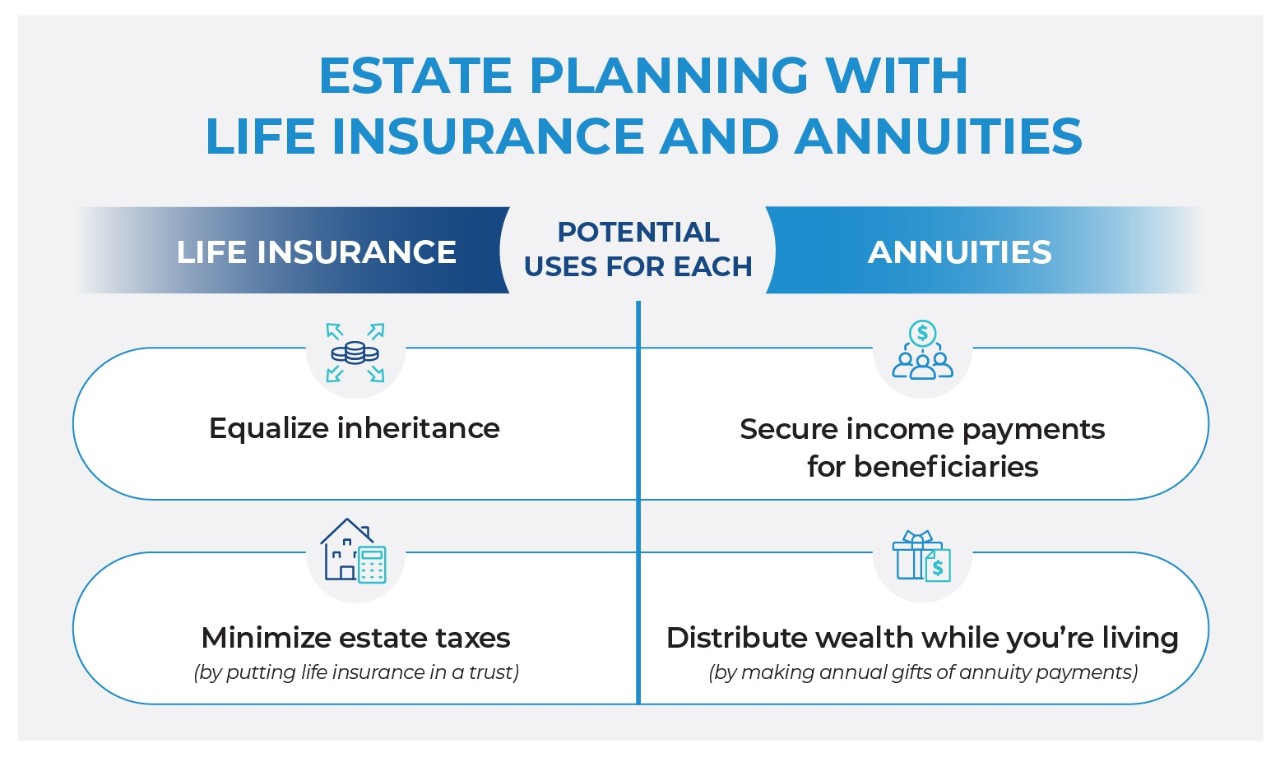All Categories
Featured
Table of Contents
This five-year general guideline and two complying with exceptions apply only when the proprietor's death causes the payout. Annuitant-driven payments are discussed listed below. The first exception to the basic five-year guideline for specific beneficiaries is to approve the death benefit over a longer period, not to exceed the anticipated life time of the beneficiary.
If the beneficiary chooses to take the survivor benefit in this approach, the advantages are tired like any type of various other annuity repayments: partially as tax-free return of principal and partially taxed earnings. The exemption proportion is discovered by utilizing the dead contractholder's cost basis and the anticipated payouts based upon the beneficiary's life span (of shorter period, if that is what the beneficiary chooses).
In this method, often called a "stretch annuity", the beneficiary takes a withdrawal each year-- the called for amount of each year's withdrawal is based upon the very same tables used to compute the called for distributions from an individual retirement account. There are two benefits to this technique. One, the account is not annuitized so the beneficiary preserves control over the money worth in the contract.
The second exception to the five-year rule is available only to a surviving spouse. If the marked beneficiary is the contractholder's spouse, the partner may choose to "tip into the shoes" of the decedent. In effect, the spouse is dealt with as if she or he were the proprietor of the annuity from its inception.
How are beneficiaries taxed on Structured Annuities
Please note this uses only if the partner is named as a "assigned beneficiary"; it is not readily available, for circumstances, if a trust fund is the beneficiary and the partner is the trustee. The basic five-year regulation and both exceptions only relate to owner-driven annuities, not annuitant-driven agreements. Annuitant-driven contracts will pay survivor benefit when the annuitant passes away.

For purposes of this conversation, assume that the annuitant and the proprietor are various - Annuity interest rates. If the agreement is annuitant-driven and the annuitant passes away, the fatality causes the survivor benefit and the recipient has 60 days to determine just how to take the survivor benefit based on the terms of the annuity agreement
Note that the choice of a partner to "tip right into the shoes" of the proprietor will not be readily available-- that exemption uses only when the proprietor has actually passed away yet the proprietor really did not die in the circumstances, the annuitant did. If the beneficiary is under age 59, the "fatality" exception to stay clear of the 10% charge will certainly not use to a premature circulation once more, because that is offered only on the death of the contractholder (not the death of the annuitant).
Actually, numerous annuity firms have inner underwriting policies that reject to provide agreements that call a different proprietor and annuitant. (There may be odd situations in which an annuitant-driven agreement meets a clients unique demands, yet most of the time the tax drawbacks will certainly exceed the benefits - Retirement annuities.) Jointly-owned annuities might position comparable problems-- or at the very least they might not serve the estate preparation feature that various other jointly-held properties do
Consequently, the survivor benefit must be paid out within five years of the very first proprietor's death, or based on both exemptions (annuitization or spousal continuance). If an annuity is held jointly in between a couple it would show up that if one were to pass away, the other could just proceed possession under the spousal continuance exemption.
Assume that the couple named their child as beneficiary of their jointly-owned annuity. Upon the fatality of either proprietor, the business has to pay the death advantages to the kid, who is the beneficiary, not the making it through spouse and this would probably beat the owner's intentions. At a minimum, this instance mentions the complexity and unpredictability that jointly-held annuities position.
Multi-year Guaranteed Annuities inheritance taxation
D-Man created: Mon May 20, 2024 3:50 pm Alan S. wrote: Mon May 20, 2024 2:31 pm D-Man created: Mon May 20, 2024 1:36 pm Thank you. Was hoping there might be a device like establishing a beneficiary IRA, however resembles they is not the instance when the estate is arrangement as a beneficiary.

That does not determine the type of account holding the inherited annuity. If the annuity remained in an acquired IRA annuity, you as administrator must have the ability to appoint the inherited individual retirement account annuities out of the estate to acquired Individual retirement accounts for each estate beneficiary. This transfer is not a taxable occasion.
Any type of circulations made from acquired IRAs after task are taxable to the beneficiary that obtained them at their normal earnings tax obligation rate for the year of distributions. If the inherited annuities were not in an IRA at her death, then there is no method to do a straight rollover right into an acquired IRA for either the estate or the estate recipients.
If that happens, you can still pass the distribution through the estate to the specific estate beneficiaries. The tax return for the estate (Form 1041) might consist of Kind K-1, passing the income from the estate to the estate recipients to be strained at their specific tax prices instead of the much higher estate income tax prices.
Are Multi-year Guaranteed Annuities taxable when inherited

: We will certainly produce a strategy that includes the most effective products and functions, such as enhanced fatality advantages, premium incentives, and irreversible life insurance.: Get a tailored method made to optimize your estate's worth and reduce tax liabilities.: Execute the chosen approach and receive continuous support.: We will certainly assist you with establishing the annuities and life insurance policy policies, providing continuous support to make sure the strategy remains efficient.
Must the inheritance be concerned as a revenue related to a decedent, after that taxes might use. Generally speaking, no. With exemption to pension (such as a 401(k), 403(b), or individual retirement account), life insurance policy earnings, and financial savings bond interest, the beneficiary usually will not need to bear any kind of revenue tax on their acquired wide range.
The amount one can inherit from a trust fund without paying taxes depends on different elements. Specific states might have their very own estate tax guidelines.

His objective is to simplify retirement preparation and insurance, guaranteeing that clients comprehend their choices and safeguard the most effective insurance coverage at unbeatable prices. Shawn is the founder of The Annuity Professional, an independent on-line insurance policy agency servicing customers throughout the United States. Via this system, he and his group aim to remove the uncertainty in retirement preparation by assisting people locate the most effective insurance policy coverage at the most competitive rates.
Table of Contents
Latest Posts
Highlighting Variable Annuities Vs Fixed Annuities A Comprehensive Guide to Variable Annuities Vs Fixed Annuities What Is Retirement Income Fixed Vs Variable Annuity? Features of Smart Investment Choi
Exploring Tax Benefits Of Fixed Vs Variable Annuities Everything You Need to Know About Indexed Annuity Vs Fixed Annuity Breaking Down the Basics of Investment Plans Advantages and Disadvantages of An
Analyzing Fixed Vs Variable Annuity Pros And Cons Everything You Need to Know About Fixed Annuity Vs Variable Annuity What Is Annuities Fixed Vs Variable? Features of Annuity Fixed Vs Variable Why Var
More
Latest Posts